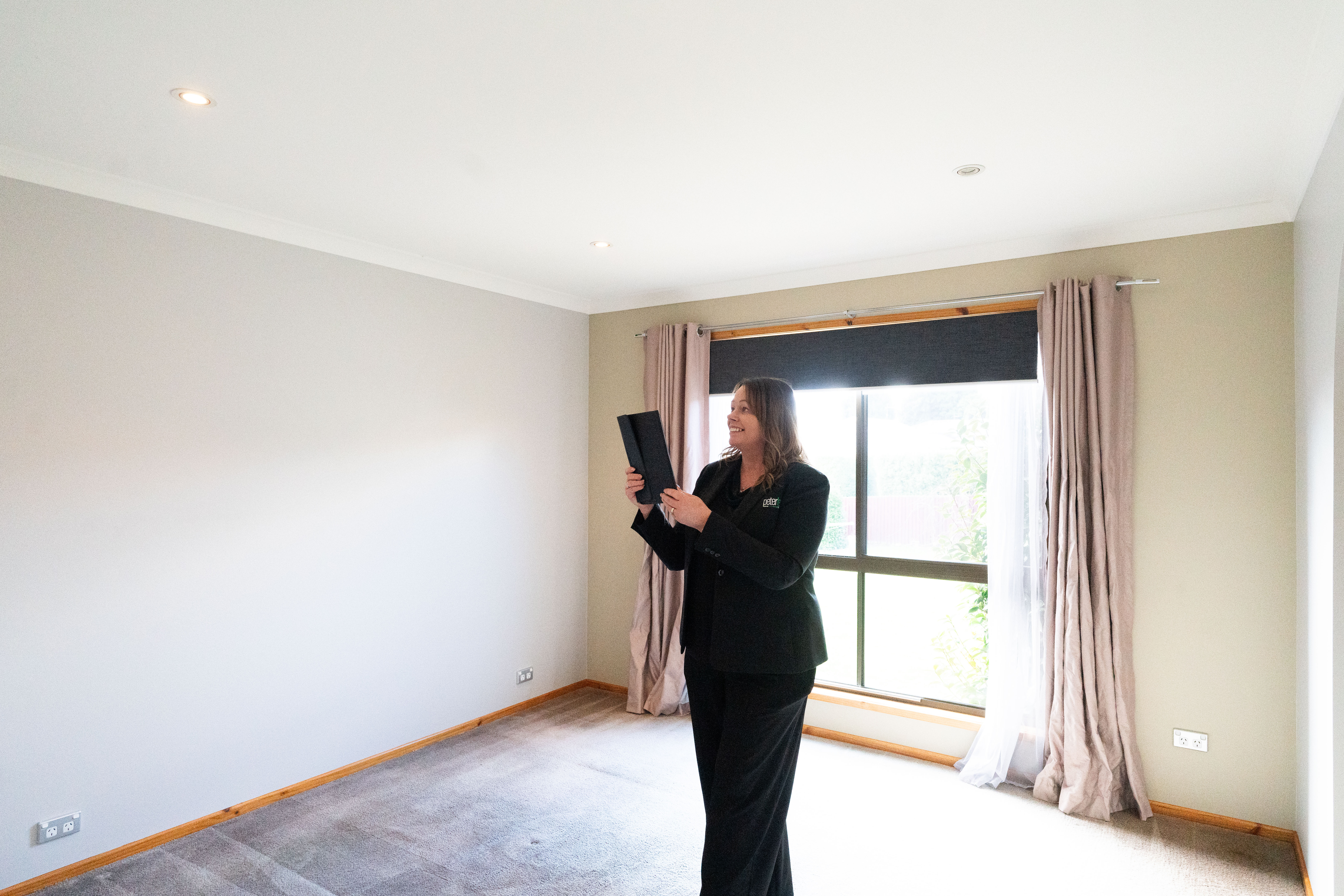Preventing Dampness and Mould: A Landlord’s Guide to Healthy, Compliant Rentals
Dampness and mould are not just uncomfortable for tenants — they’re a major health risk and a legal concern. Tasmania’s
minimum rental standards now require landlords to ensure that rental properties are free from mould and dampness,
creating a safe and healthy living environment for tenants.
Why Dampness and Mould Are a Problem
Mould thrives in damp, poorly ventilated environments, and unfortunately, many homes — especially in Tasmania’s colder, wetter climate — are prone to these issues.
Not only does it cause health problems like respiratory issues, skin irritations, and allergies, but it can also lead to
property damage over time.
As a landlord, it’s your responsibility to ensure that your rental properties don’t have ongoing dampness or mould issues.
Failing to address these can lead to tenant complaints, damage to your property, and potential legal consequences.
How to Prevent Dampness and Mould in Your Rental Property
Prevention is key when it comes to dampness and mould. Here are some tips to protect your property, your tenants, and your investment:
- Ensure proper ventilation: Install extractor fans in bathrooms and kitchens, and ensure windows can open in each room. Good airflow helps reduce moisture build-up.
- Seal cracks and gaps: Inspect the property regularly for leaks or cracks around windows, doors, and rooflines. Seal any gaps to prevent water from entering.
- Insulate properly: Insulation helps maintain temperature control and prevents condensation from forming on walls and ceilings. A well-insulated property is less likely to have damp issues.
- Regular property checks: During inspections, look out for signs of dampness or mould. Address any issues immediately before they escalate.
The Risks of Ignoring Dampness and Mould
While it may seem like a small issue at first, dampness and mould can lead to significant problems if left unchecked:
- Tenant health risks: Mould exposure can cause serious health problems for your tenants, leading to complaints or even legal claims against you.
- Property damage: Damp conditions can damage furniture, flooring, and walls, and may lead to costly repairs if left untreated.
- Tenant dissatisfaction: A property with dampness or mould problems is unlikely to attract long-term, happy tenants. This could increase turnover and associated costs.
How We Help Landlords Keep Properties Mould-Free
At Peter Lees Real Estate, we support landlords with proactive measures to prevent dampness and mould issues. Here’s how:
- Regular inspections to detect early signs of mould or dampness.
- Expert advice on how to maintain a healthy, mould-free environment.
- Access to trusted tradespeople for any necessary repairs or treatments.
Our aim is to help landlords avoid issues before they arise, ensuring that your property stays in top shape for years to come.
Need Help Preventing Dampness in Your Property?
If you’re concerned about dampness or mould in your rental, we can help.
Book a free rental health check to ensure your property is compliant and healthy for your tenants,
or call us on 03 6331 5544.



